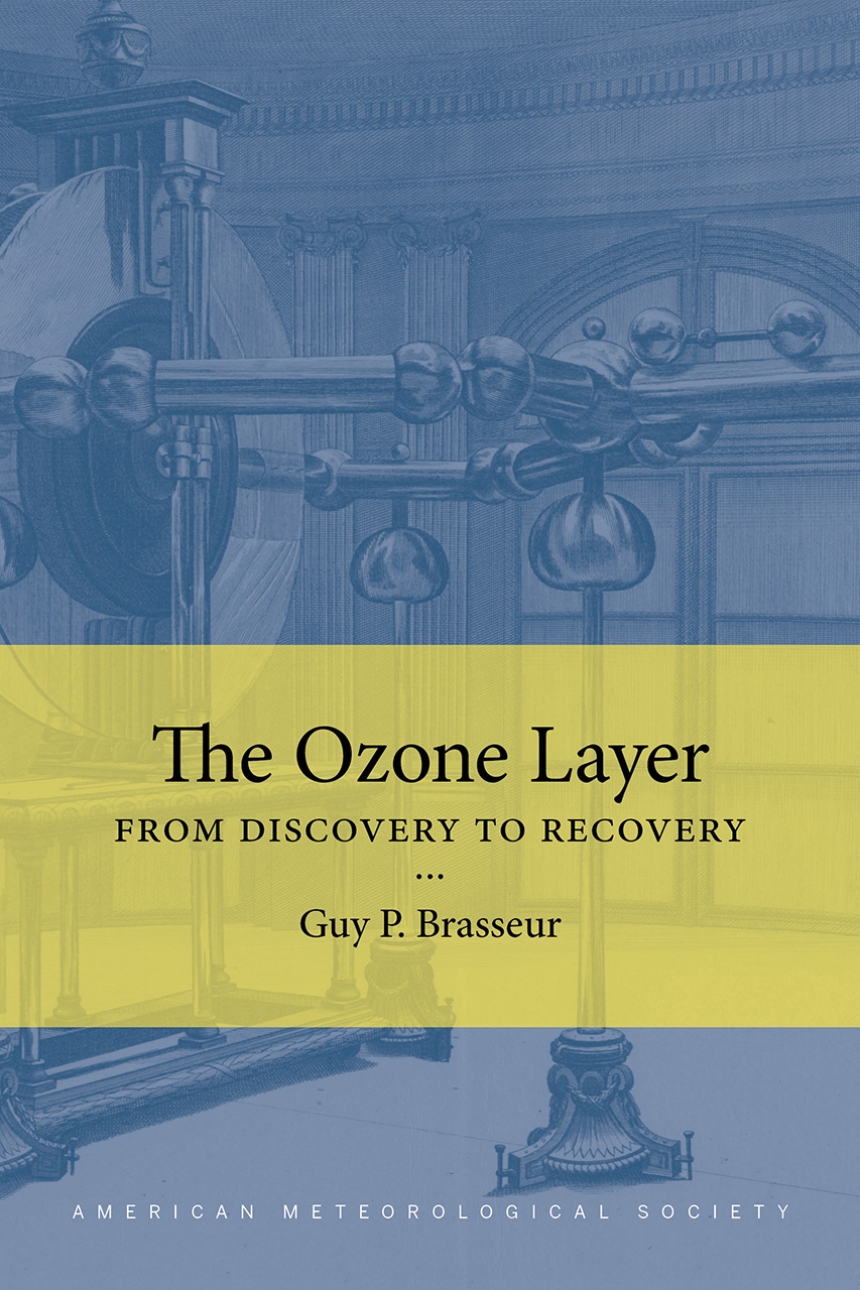9781944970543
9781944970550
From the discovery of ozone in the eighteenth century, through the late twentieth-century international agreements to protect humanity from the destruction of ozone in the stratosphere, Guy P. Brasseur traces the evolution of our scientific knowledge on air quality issues and stratospheric chemistry and dynamics. The history of ozone research is marked by typical examples of the scientific method at work, perfectly illustrating how knowledge progresses. Hypotheses are contested and then eventually accepted or rejected; truths once believed to be universal and permanent can be called into question; and debates and disagreements between scientists are settled by information from laboratory and field experiments. Of course, the scientific method can also lead to new observations—in this case, the discovery of the ozone hole. This finding took researchers by surprise, leading to new investigations and research programs.
This first complete study of ozone research demonstrates the key role fundamental research plays in solving global environmental, climate, and human health problems. More importantly, it shows that the scientific method works. Convincing decision makers of research results that do not correspond to their values, or to the interests of certain business groups, stands to be the highest hurdle in using science to benefit humanity. Students, early-career scientists, and even specialists who do not know much about the history of their field will benefit from this big picture view, offered by a researcher who has played leadership roles in stewarding this science through decades of discovery.
This first complete study of ozone research demonstrates the key role fundamental research plays in solving global environmental, climate, and human health problems. More importantly, it shows that the scientific method works. Convincing decision makers of research results that do not correspond to their values, or to the interests of certain business groups, stands to be the highest hurdle in using science to benefit humanity. Students, early-career scientists, and even specialists who do not know much about the history of their field will benefit from this big picture view, offered by a researcher who has played leadership roles in stewarding this science through decades of discovery.
248 pages | 20 color plates, 20 halftones, 20 line drawings | 6 x 9 | © 2020
Earth Sciences: Environment, History of Earth Sciences
Table of Contents
1. The First Steps The Discovery of Ozone Identification of the Ozone Molecule 2. The Presence of Ozone in the Atmosphere Early Measurements of Ozone in Air Ozone and Health Systematic Surface Ozone Measurements 3. Spectroscopic Determinations of Ozone Spectroscopic Properties of Ozone The Discovery of Ozone in the Stratosphere Attempts to Detect Antozone in the Atmosphere Optical Measurements of Surface Ozone 4. The First Theoretical Studies The First International Ozone Conference The First Photochemical Theory of Ozone The Following International Ozone Conferences 5. Determination of the Vertical Distribution of Ozone The Umkehreffekt The First Balloon Measurements Balloon Flights with Manned Gondola Ozone Measurements from Rockets Satellite Measurements 6. Advances in Theory The First Mathematical Model of Stratospheric Ozone Ozone Production in the Stratosphere The Inadequacies of Theory Ozone Destruction by Hydrogenated Compounds Ozone Destruction by Nitrogen Compounds Ozone Destruction by Chlorinated and Brominated Compounds The Role of Atmospheric Dynamics and Ozone Transport Advanced Mathematical Models of Ozone 7. Ozone and Supersonic Aircraft The Effect of Water Released by Aircraft Engines The Effect of Nitrogen Oxides Released by Aircraft Engines 8. Ozone and Chlorofluorocarbons Ozone, chlorine, bromine and the Cold War Effect of chlorofluorocarbons 9. The Antarctic Ozone Hole The Discovery of the Ozone Hole Space Observations of Ozone Depletion Three Hypotheses to Explain the Formation of the Ozone Hole Explanation of the Causes of the Ozone Hole An Ozone Hole in the Arctic? 10. Ozone in the Troposphere Air Pollution Ozone Pollution Global Tropospheric Chemistry 11. A Success Story Additional Reading

